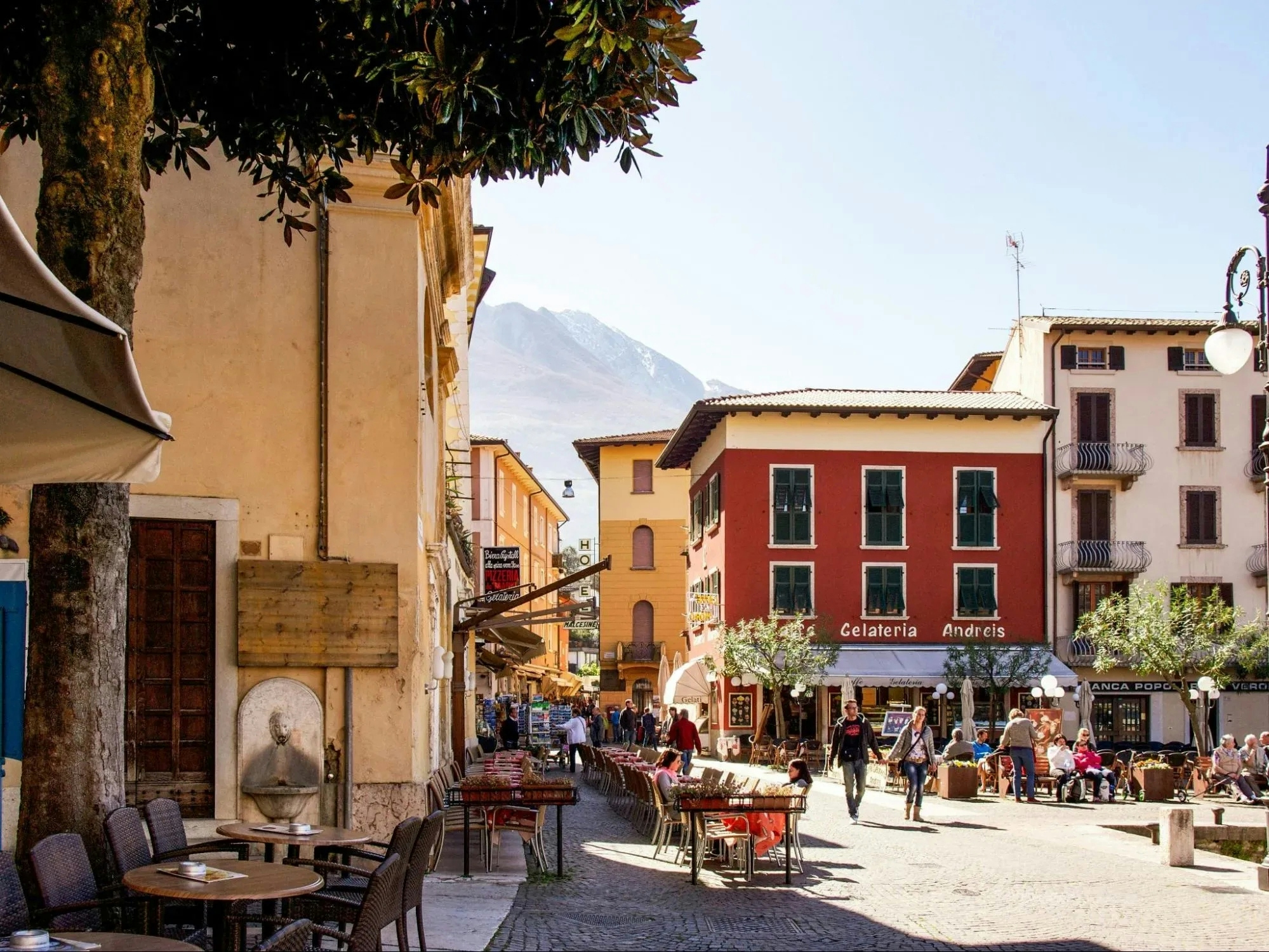What Design Elements Are Crucial for Human-Centric Urban Spaces?
Architect Today

What Design Elements Are Crucial for Human-Centric Urban Spaces?
In the quest to forge human-centric urban spaces, we've gathered insights starting with a Landscape Architect's perspective on the need to embrace adaptability in design. Alongside expert opinions, we've also compiled additional answers that reflect a diverse range of elements essential to this endeavor. From the tranquility of green roofs to the fundamental importance of safety through proper lighting, here's a synthesis of key design elements that are vital for creating urban spaces where people truly come first.
- Embrace Adaptability in Urban Design
- Quality Seating Enhances Urban Spaces
- Inclusive Play Areas Foster Community
- Green Roofs Offer Urban Tranquility
- Prioritize Pedestrian Pathways for Well-Being
- Catalyze Engagement with Public Art
- Ensure Safety with Proper Lighting
Embrace Adaptability in Urban Design
As a landscape architect, I firmly believe that adaptability is the cornerstone of designing human-centric urban spaces. The ability for spaces to evolve and accommodate diverse activities fosters a sense of ownership and engagement among communities. From flexible seating arrangements to multifunctional green areas, incorporating adaptability ensures that our designs remain relevant and vibrant over time.
Moreover, seasonal adaptability is equally essential. Designing spaces that can seamlessly transition between summer festivals, winter markets, and springtime gatherings ensures year-round utilization and enjoyment. By integrating features like shade structures, outdoor heaters, or lighting, we can create environments that thrive in every season, enhancing the quality of life for urban dwellers year-round.

Quality Seating Enhances Urban Spaces
There are several elements to consider when planning for human-centric urban spaces: accessible infrastructure, shade, and proximity to other destinations, to name a few.
One of our goals as a program is to promote multimodal travel choices, with walking being a key component. While we advocate for walkable cities, we also recognize the importance of providing adequate seating within these environments. Several studies have shown that people are naturally attracted to spaces where others congregate. However, after a long day of walking and standing, people also want to be able to have quality seating. Without a doubt, the single most important design element to create a human-centric urban space is quality seating because of its power to completely transform a space by creating welcoming and functional spaces, improving the pedestrian experience, enhancing the livability and vibrancy of cities, and ensuring that they cater to diverse needs.

Inclusive Play Areas Foster Community
Inclusive play areas are vital for urban spaces, serving as communal hubs that bring together individuals of all abilities and ages. They are carefully designed to be accessible, ensuring that play is not limited by physical or cognitive barriers. Such spaces foster interactions among children, parents, and caregivers, encouraging a strong social fabric.
The positive impact on mental well-being by providing a joyous environment where laughter and play are the primary languages is immeasurable. Reflect on local play areas and consider advocating for inclusive design in community planning efforts.
Green Roofs Offer Urban Tranquility
The incorporation of green roofs is a transformative element for urban environments, converting otherwise unused spaces into pockets of nature. They play a crucial role in filtering pollutants and providing cleaner air. In addition, these elevated gardens can help regulate building temperatures, reducing the reliance on heating and cooling systems.
By offering a slice of tranquility amid the urban hustle, green roofs serve as havens for both humans and wildlife. Engage with city officials or building owners to discuss the benefits of green roofs and support their introduction in your area.
Prioritize Pedestrian Pathways for Well-Being
Pedestrian pathways are a foundational component in the creation of human-centric urban areas. They contribute to the safety and well-being of residents by prioritizing foot traffic over vehicles. A network of well-maintained sidewalks and paths encourages people to walk more, leading to healthier lifestyles and reduced traffic congestion.
It creates a tapestry of interconnected spaces that are convenient and pleasant to explore. Campaign for the expansion and maintenance of pedestrian pathways to ensure your city is accessible and enjoyable on foot.
Catalyze Engagement with Public Art
Public art installations act as catalysts for cultural expression and community engagement within urban spaces. By interspersing art in public areas, these installations serve as conversation starters, reflect community values, and enhance the visual landscape. They can turn bland facades into canvases that tell stories and celebrate local heritage or inspire future change.
This not only fosters a sense of identity but also boosts tourism and economic activity. Get involved by joining local art initiatives or attending city council meetings to voice your support for public art projects.
Ensure Safety with Proper Lighting
Proper lighting designs are essential for creating environments that are safe and welcoming after dark. Strategic illumination not only deters crime but also accentuates architectural features and landscapes. It can transform the nighttime atmosphere of an area, making it warm and inviting.
Thoughtful lighting ensures that urban spaces can be enjoyed at all hours, enriching the city's vibrant nightlife. Take a moment to observe your community's lighting and if necessary, initiate a dialogue on improving the nighttime experience with local authorities.